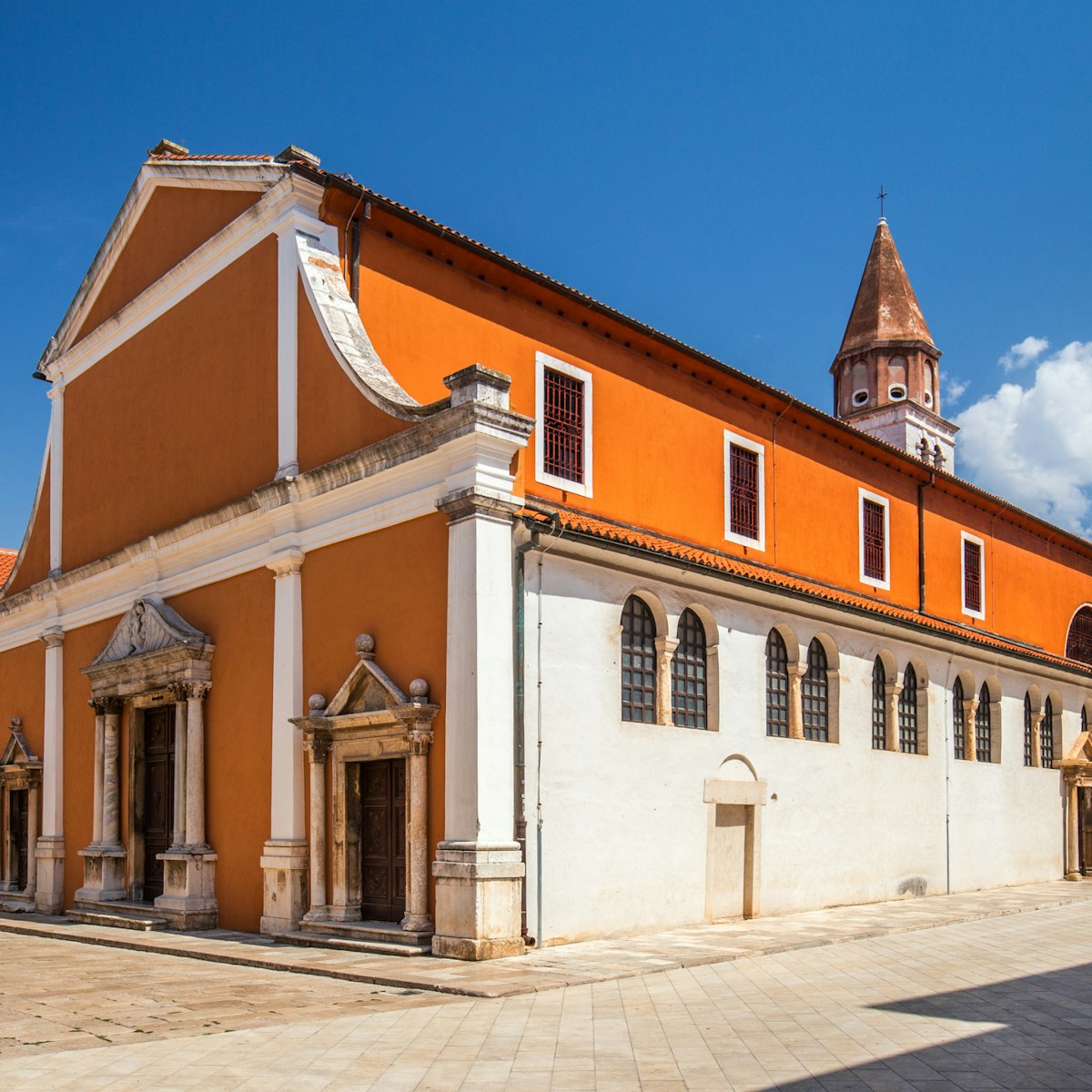Composed of 89 of the Kornati's 140 islands, Kornati National Park shelters part of the largest and densest archipelago in the Adriatic. Due to the typically karstic terrain, the islands are riddled with cracks, caves, grottoes and rugged cliffs. The evergreens and holm oaks that used to be found here were long ago burned down. Far from stripping the islands of their beauty, the deforestation has highlighted startling rock formations, whose stark whiteness against the deep-blue Adriatic is an eerie and wonderful sight.
The two series of islands facing the open sea comprise Kornati National Park and have the most dramatically rugged coastline. Kornat is by far the largest island in the park, extending 25km in length but only 2.5km in width. Both the land and surrounding sea are protected. Fishing is strictly limited in order to allow the regeneration of fish shoals. The island of Piškera, also within the park, was inhabited during the Middle Ages and served as a fishing collection and storage point.
The Kornati National Park Office is located in Murter, and is well stocked with information.
Unless you have your own boat, you’ll have to book an excursion from Zadar, Sali, Šibenik, Split or another coastal city, or arrange a private transfer from Sali or Murter.






